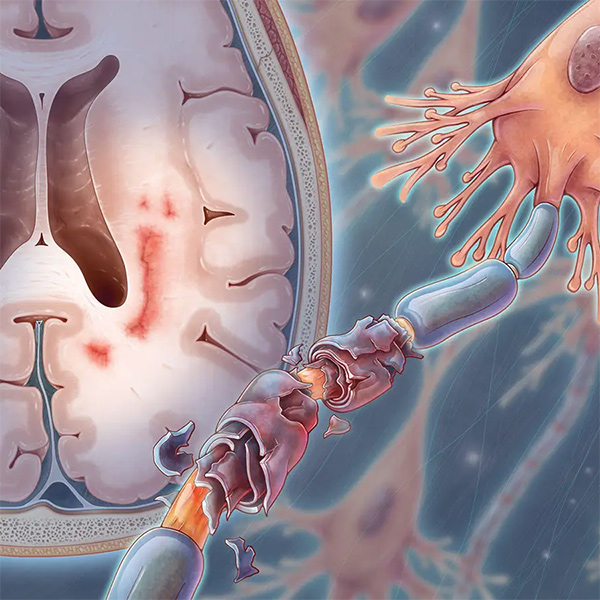Dementia is often thought of as a single devastating diagnosis, robbing people of memory, independence, and identity. But new research shows that the story of dementia is not the same for men and women. While women bear the larger share of dementia cases overall — and, on a population level, account for more dementia-related deaths — men who develop dementia face a steeper, more dangerous path after diagnosis.
A Duke University School of Medicine–led study, published in JAMA Neurology, reveals that male patients with dementia have higher mortality rates and heavier use of health care services than comparable female patients. The findings suggest that although dementia is more common among women, men may suffer greater physical consequences once the disease takes hold.
What the Study Found
The research team analyzed Medicare data from 5.7 million patients aged 65 and older, all diagnosed with dementia between 2014 and 2021. With up to eight years of follow-up, the study offered one of the most comprehensive looks yet at how dementia unfolds differently for men and women.
The results were striking. Men with dementia had a 24% higher risk of death compared to women. Within the first year of diagnosis, 27.2% of men had died, compared with 21.8% of women. Men were also more likely to land in the hospital, with an 8% higher risk of all-cause hospitalization, and a staggering 46% higher risk of hospitalization for neurodegenerative disease complications or behavioral disturbances.
Even when researchers adjusted for age, race, and ethnicity, the gap remained. Men also had slightly higher rates of receiving neuroimaging services and hospice care, though they spent fewer days in hospice overall. Interestingly, when it came to stays in skilled nursing facilities or receiving physical or occupational therapy, men and women were on equal footing.
The Paradox of Dementia Burden
At first glance, these results might seem contradictory. If men with dementia die sooner and use more acute health services, why do women account for more dementia-related deaths overall?
The key lies in incidence versus survival. Women are more likely than men to develop dementia in the first place, a disparity that may be linked to longer life expectancy, hormonal changes, and unique cardiovascular and metabolic risk factors. Once diagnosed, however, women tend to survive longer with the disease, even as their cognitive and functional decline can be faster. This means that, across the population, women accumulate more years living with dementia, leading to higher total numbers of dementia-related deaths.
The Duke study underscores this paradox. Its authors conclude that women’s greater share of dementia mortality is not because they die more quickly after diagnosis, but because they develop dementia more often and live with it longer.
Why Men Fare Worse After Diagnosis
The study does not provide definitive answers for why men face higher mortality and hospitalization rates after dementia diagnosis, but researchers and clinicians have theories. Biological differences, including cardiovascular health, may play a role. Men are more likely to have coexisting conditions like heart disease, diabetes, and hypertension, which can worsen outcomes when combined with dementia.
Behavioral and social factors may also matter. Women with dementia are often more likely to have caregivers, whether spouses, children, or community support, while men may have less consistent care at home, leading to greater reliance on hospitals and acute medical interventions.
What This Means for Patients and Families
For families facing a dementia diagnosis, the study offers both sobering insights and important guidance. The findings highlight the need for personalized care strategies that account for sex differences in outcomes. Male patients may need closer monitoring for physical health complications and better access to long-term care planning. Female patients, while often living longer with the disease, may require greater support for managing progressive cognitive decline.
Health systems, too, can use these insights to anticipate the different needs of male and female patients. Planning for hospitalizations, hospice services, and caregiver support can help ease the burden on families and improve quality of life for patients.
A Call for Deeper Understanding
The Duke-led research does not close the book on sex differences in dementia; instead, it opens new chapters. Future studies may investigate why men decline more rapidly after diagnosis, and how social, biological, and health care system factors intersect to shape these outcomes.
What is clear is that dementia is not a one-size-fits-all disease. Its impact is shaped by sex, biology, and lived experience. By recognizing these differences, researchers, clinicians, and families can work toward care that is not only effective but also compassionate — tailored to the unique journeys of men and women alike.
More information: Jay B. Lusk et al, Sex Differences in Mortality and Health Care Utilization After Dementia Diagnosis, JAMA Neurology (2025). DOI: 10.1001/jamaneurol.2025.2236






